F-117 Nighthawk:
The Emergence of Stealth Technology
February 4th, 2023
8 minute read
The Museum of Aviation in Belgrade, Serbia — located near the Belgrade Nikola Tesla Airport — is quite an unusual sight, as its primary facility is a geodesic glass building. To employ an overused media cliché, it has the look of something out of The Jetsons, which is fitting as the museum also houses the components of perhaps one of the most “futuristic” military aircraft to see widespread service.
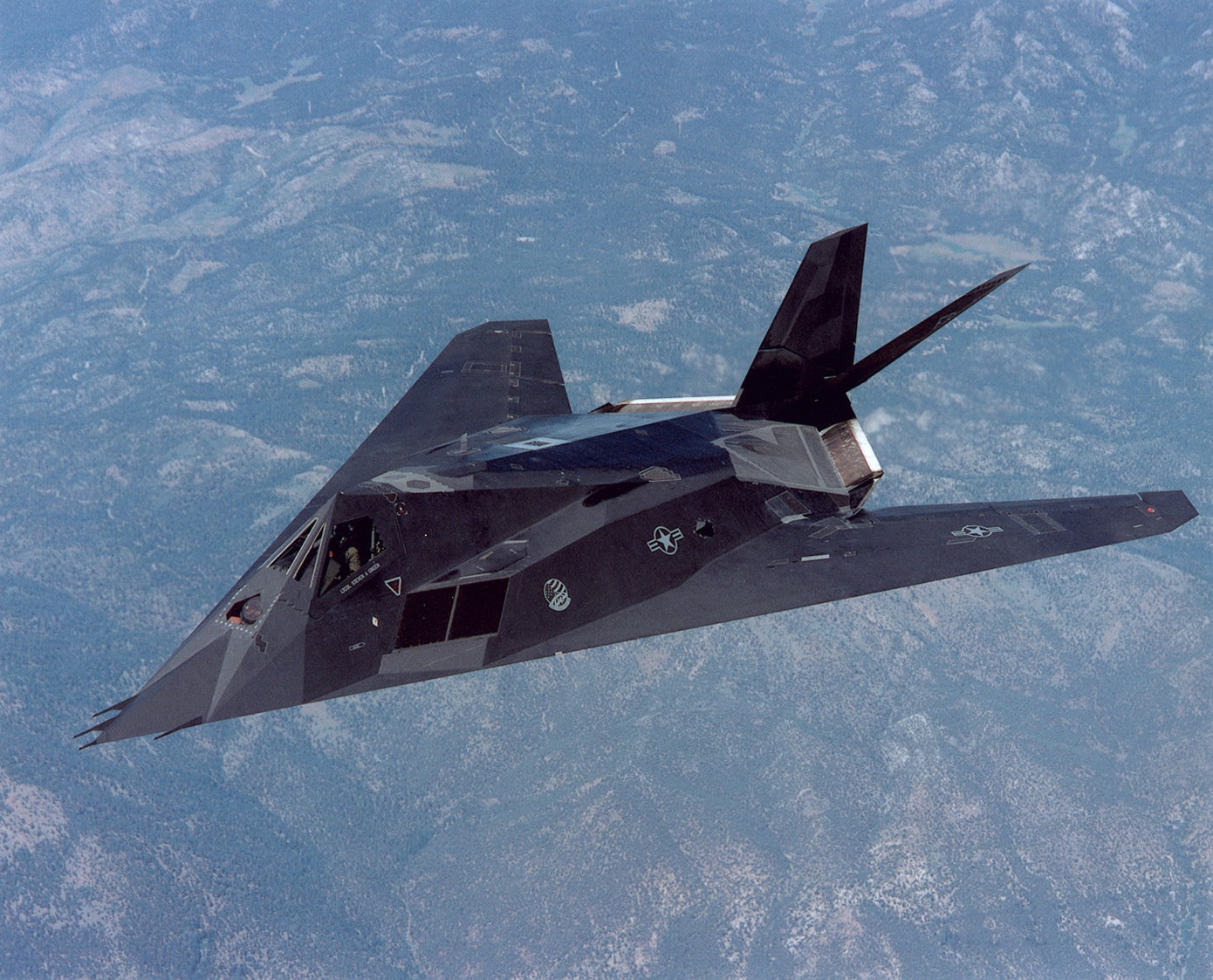
The sight of that plane is also not without some controversy as it is a United States F-117 Nighthawk, serial number 82-0806, named “Something Wicked.” The advanced aircraft was shot down during the NATO bombing of Serbia by a unit of the former Yugoslav Army, the 3rd Battalion of the 250th Air Defense Brigade. Though the F-117 Nighthawk was the first operational aircraft designed to employ stealth technology, the fact that it could be taken down by ground-based air defenses highlights the fact that stealth doesn’t mean “invisible.”
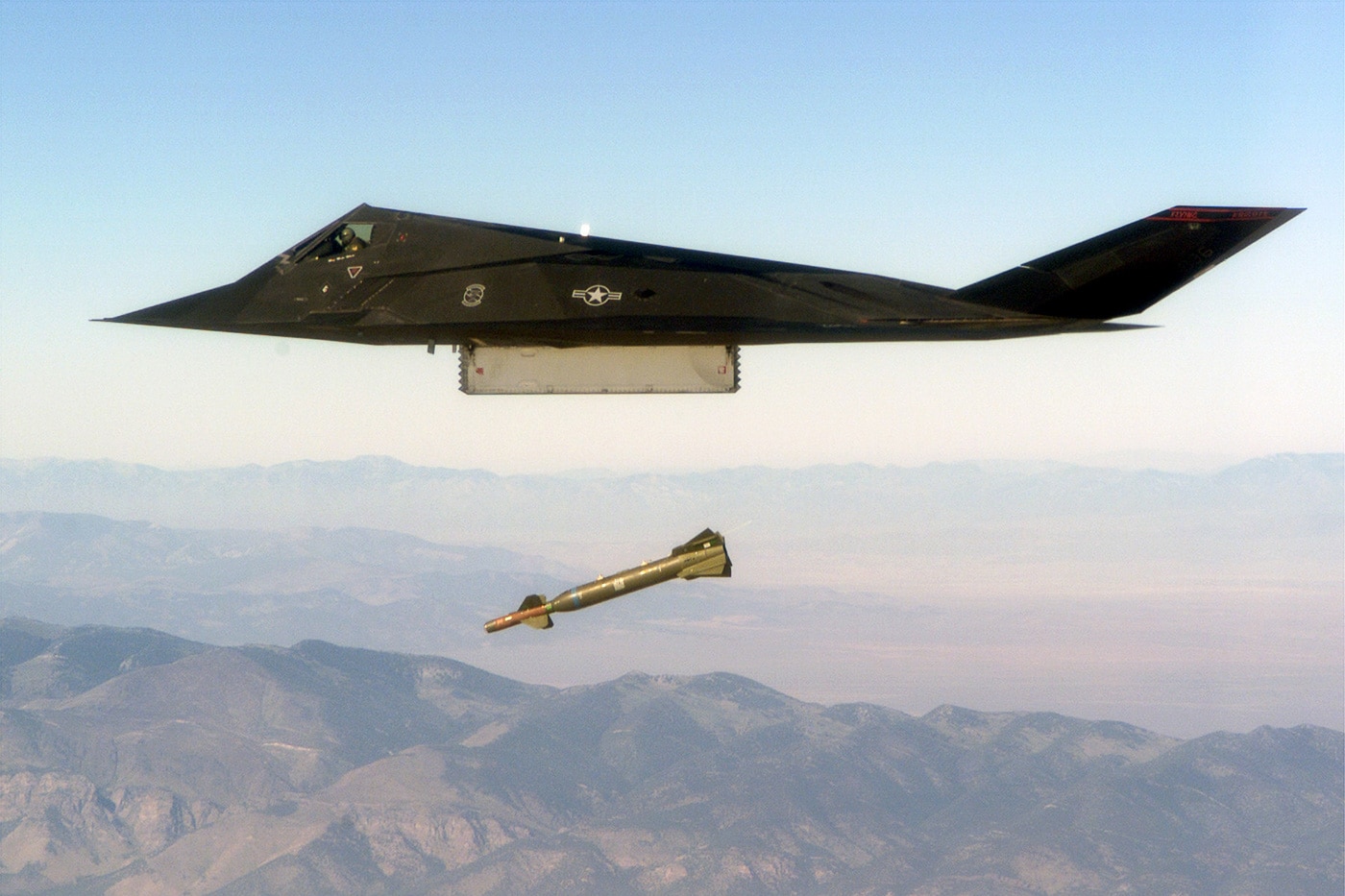
The downed warbird’s wreckage was salvaged by the Yugoslavian forces and, while there had been concerns at the time that it could be provided to Russia, it was soon noted that the aircraft’s technology actually dated back to the 1970’s. As the F-117 was regularly presented at air shows at the time, it was determined that there was minimal risk of the Kremlin gleaning much from it.
Stealth Attack Aircraft
The Lockheed F-117 Nighthawk was developed by the company’s secretive Skunk Works division (officially the Advanced Development Projects) where its teams have also produced such noteworthy aircraft as the U-2, SR-71 Blackbird, F-22 Raptor, and F-35 Lighting II. However, the Nighthawk was the first operational aircraft to be designed with stealth technology.
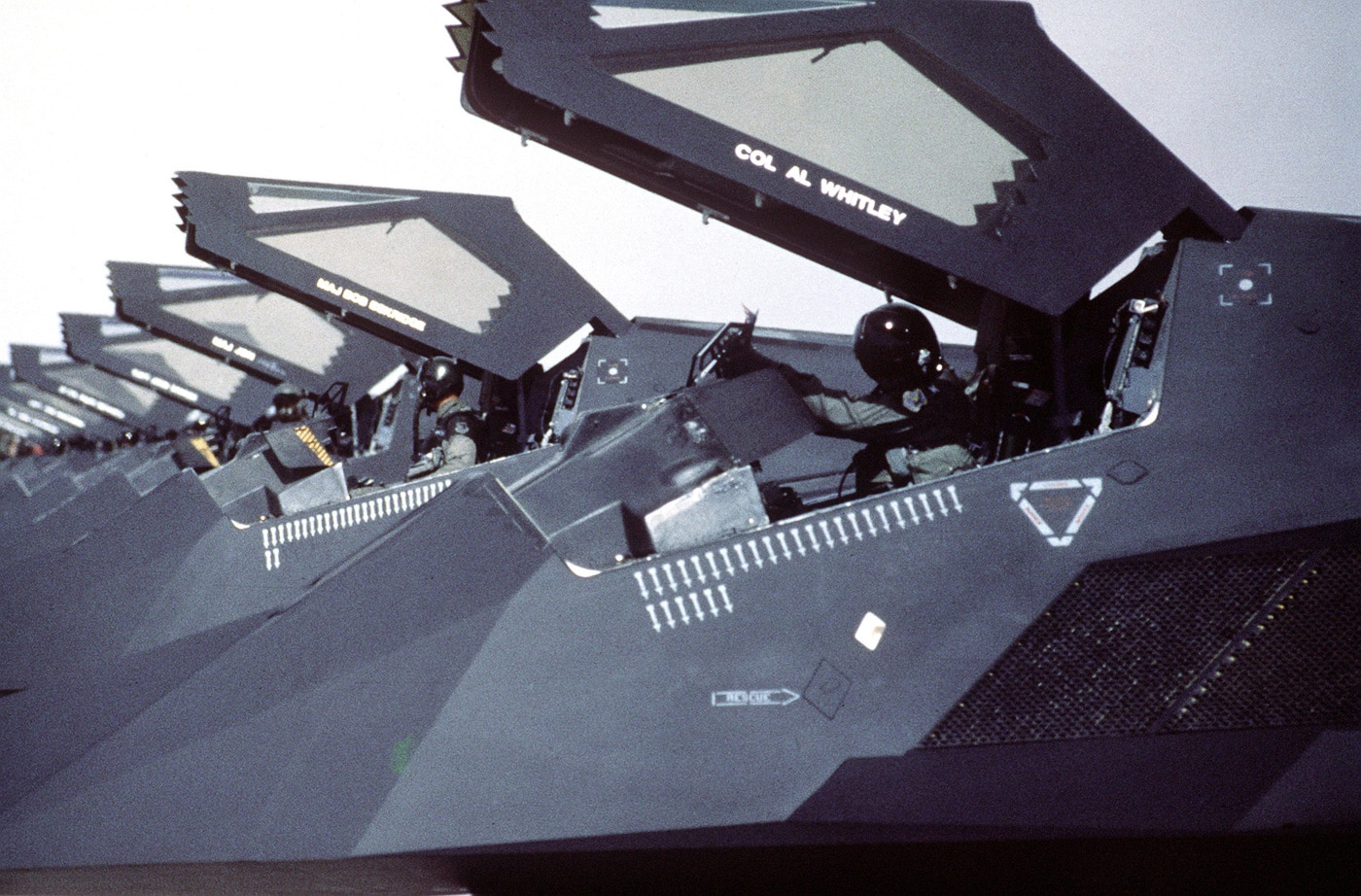
It was also the result of lessons learned during the Vietnam War where increasingly sophisticated Soviet surface-to-air missiles (SAMs) had downed United States Air Force heavy bombers. In addition, the losses suffered by the Israeli Air Force to Soviet-made SAM’s in the Yom Kippur War of 1973 further highlighted that the attack aircraft could be easily shot down by such weapons.
The F-117 was developed with the utmost secrecy in the 1970’s, and made its first flight in 1981, entering service in 1983. However, it wasn’t until 1988 that the Air Force officially acknowledged its existence. That was likely good news for its pilots, as it meant the aircraft could be flown during the day instead of just at night when it couldn’t be readily seen by the public.
A total of 64 — including five YR-117A prototypes and 59 F-117As — were produced. Only the one now in Serbia was ever officially lost in combat.
A Mislabeled Warrior?
The Nighthawk played a crucial role in 1991’s Gulf War, flying some 1,300 sorties and scoring direct hits on a reported 1,600 high-value targets. It also highlighted that despite the fighter “F” designation, the F-117 was really an “attack aircraft” that wasn’t meant to engage with other fighters.
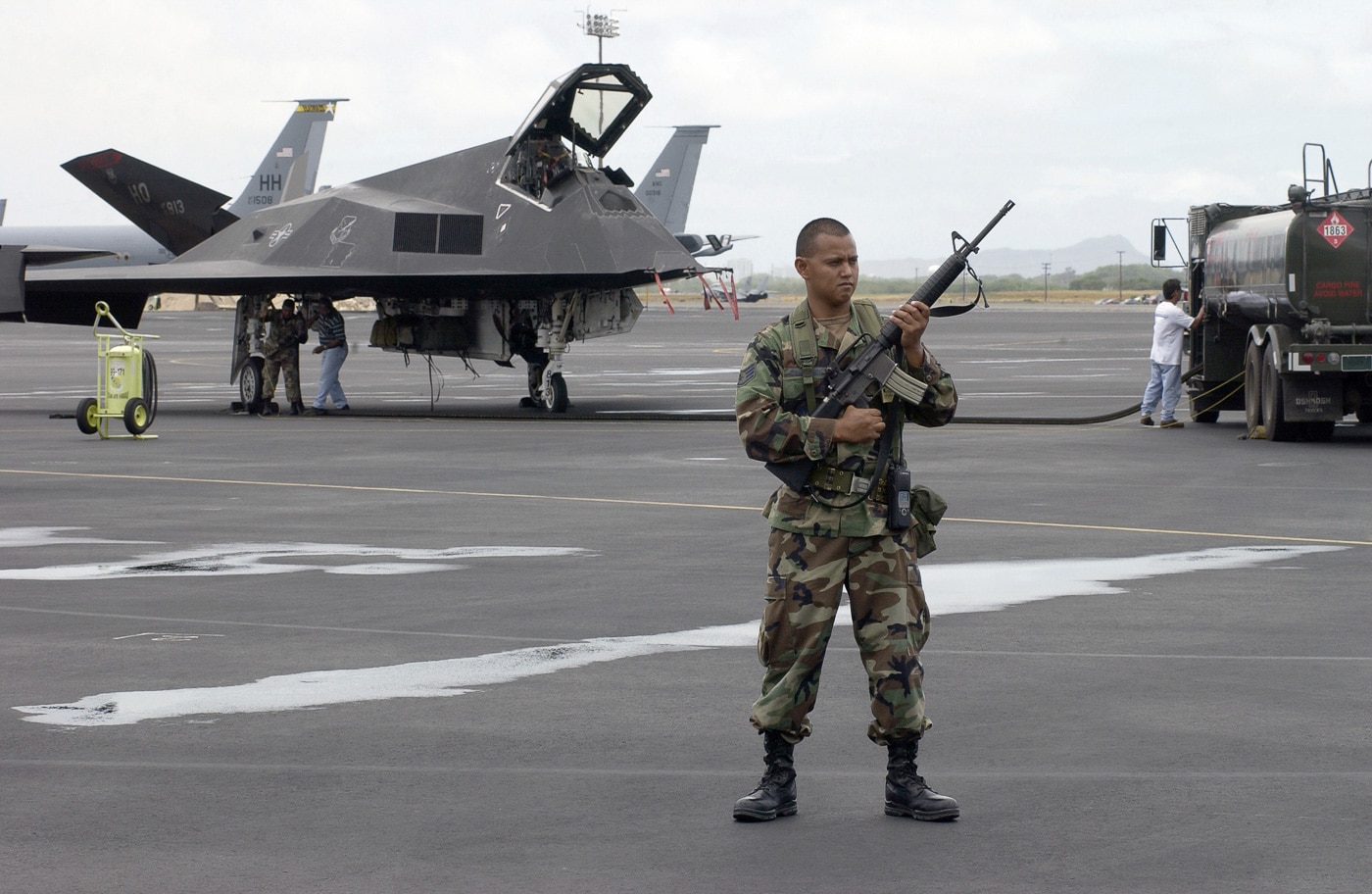
That designation has confused aviation buffs since it was officially unveiled to the public.
“Supposedly it was because the pilots didn’t want to fly a bomber,” explained Fred Bell, vice chairman of the Palm Springs Air Museum, which recently restored the F-117A serial number 85-0833 “Black Devil” for display.
“There was also lot of misdirection with the aircraft,” Bell added. “If the Russians had learned of it, the ‘F’ designation might have thrown them off on what it could actually do.”
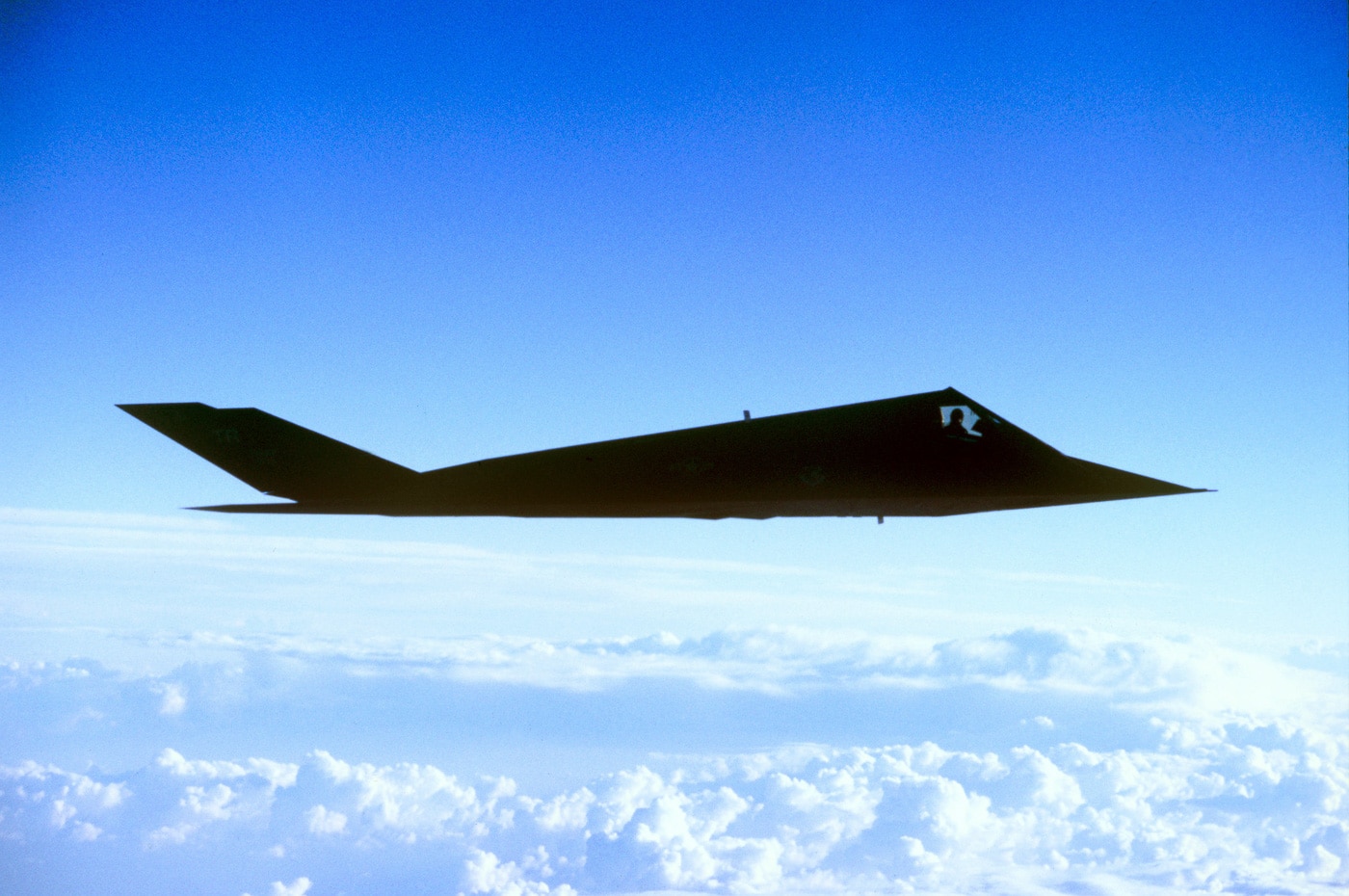
Today, there are numerous “multi-role” aircraft in service that can serve as both a fighter in an air superiority role and still engage ground targets. The F-117 may not have been a dogfighter, but that was never the point.
“All the military services have been flexible with traditional designations for a variety of platforms,” suggested Brad Curran, aerospace & defense principal consultant at international aviation analyst firm Frost & Sullivan, who added that a number of other factors were likely at play.
“Personalities and culture perhaps at the time,” pondered Curran. “Attract a greater number of pilots from the fighter community? The ability to get funding from other programs or new funding from Congress because fighter line items are bigger?”
Another consideration is that by the time the F-117 was developed, the role that fighters had played changed significantly.
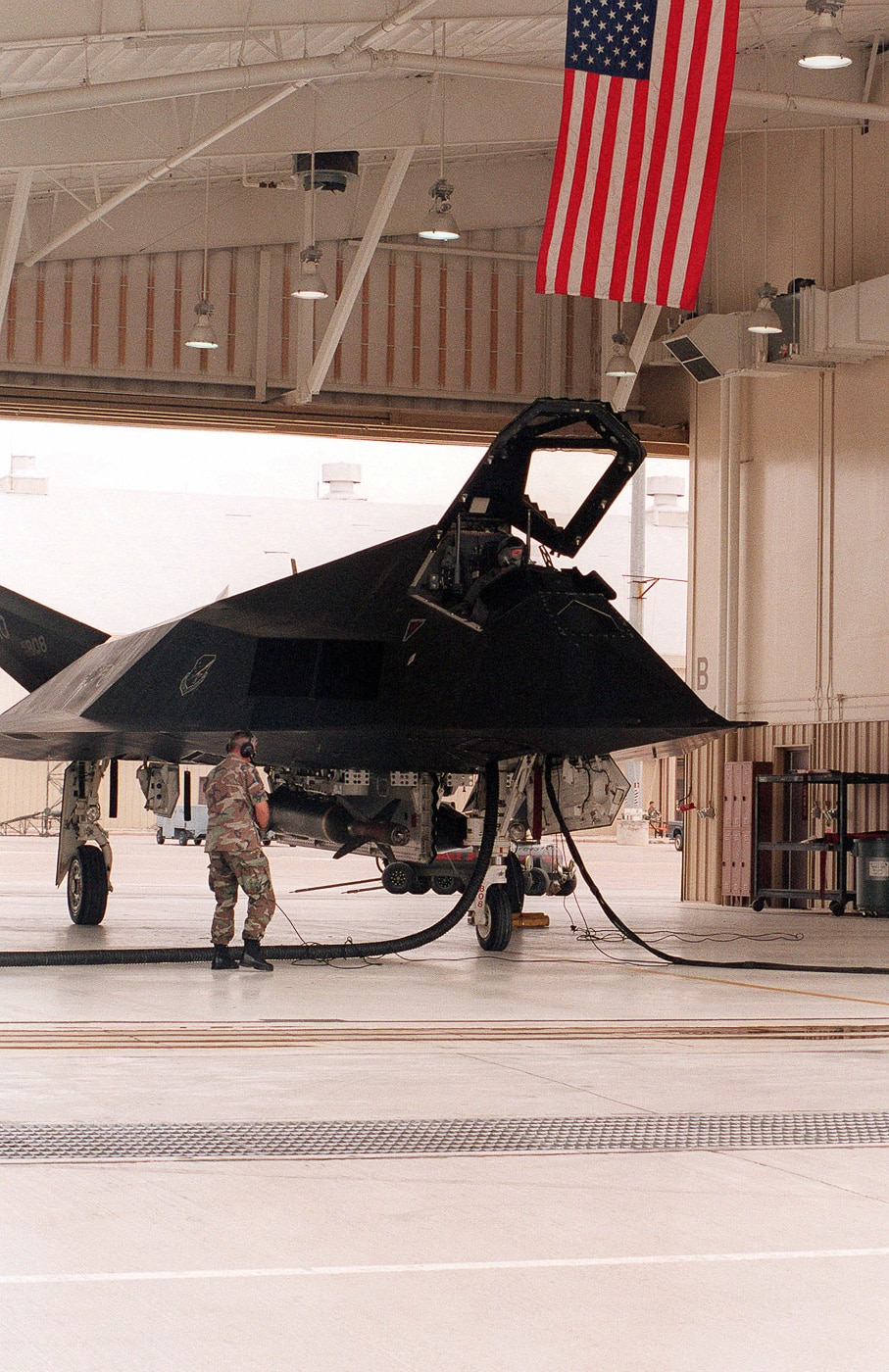
“The days of ‘knife fighting’ in the sky were long gone and ended with the Korean War,” said Bell. “The United States saw that over the horizon was how most aircraft would engage with one another.”
The Best of the Era
The F-117 may look “futuristic” even by today’s standards, yet it was still very much developed as the original Star Wars hit the big screen, and when disco balls were in vogue.
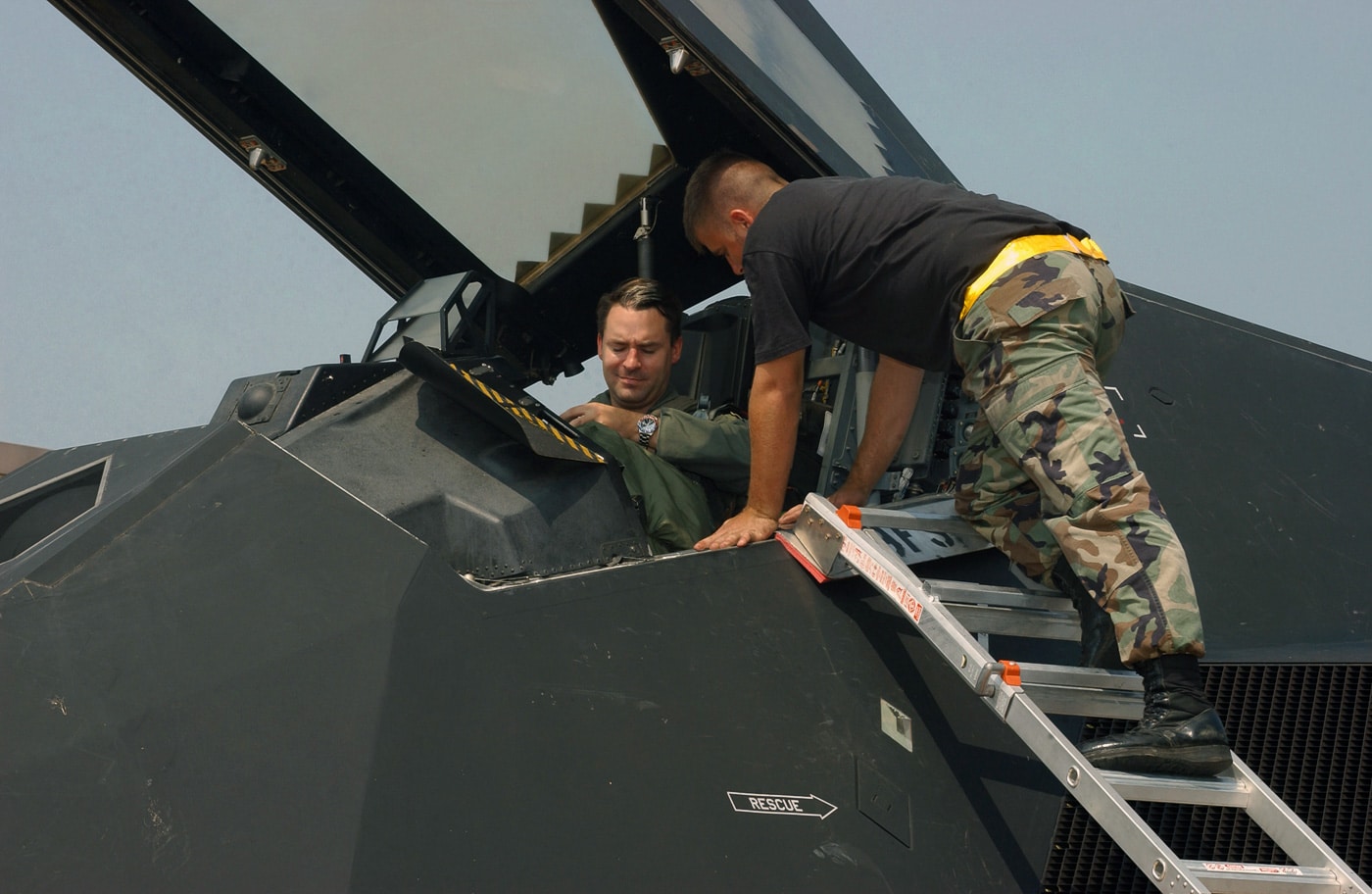
As there was a focus on stealth, and the Nighthawk was shaped to deflect radar signals, it resulted in an aircraft that was far from easy to fly. It was actually aerodynamically unstable in all three aircraft principal axes, and this required constant flight corrections from its BAE Systems Aircraft fly-by-wire (FBW) flight system that was integrated to maintain controlled flight. Before each flight, mission data was downloaded onto the F-117’s IBM AP-102 mission control computer, which was networked with the navigation and flight controls that provided a fully automated flight management system.
After takeoff, the pilot could hand over the flight control to the aircraft’s management system until within visual range of the target — when the pilot could take control for weapons delivery. The pilot was further aided with an infrared acquisition and designation system (IRADS) that was also integrated with the weapons delivery system. The pilot would be presented with a view of the target on the aircraft’s head-up display, first from the forward-looking infrared (FLIR) and downward-looking infrared (DLIR) displays.
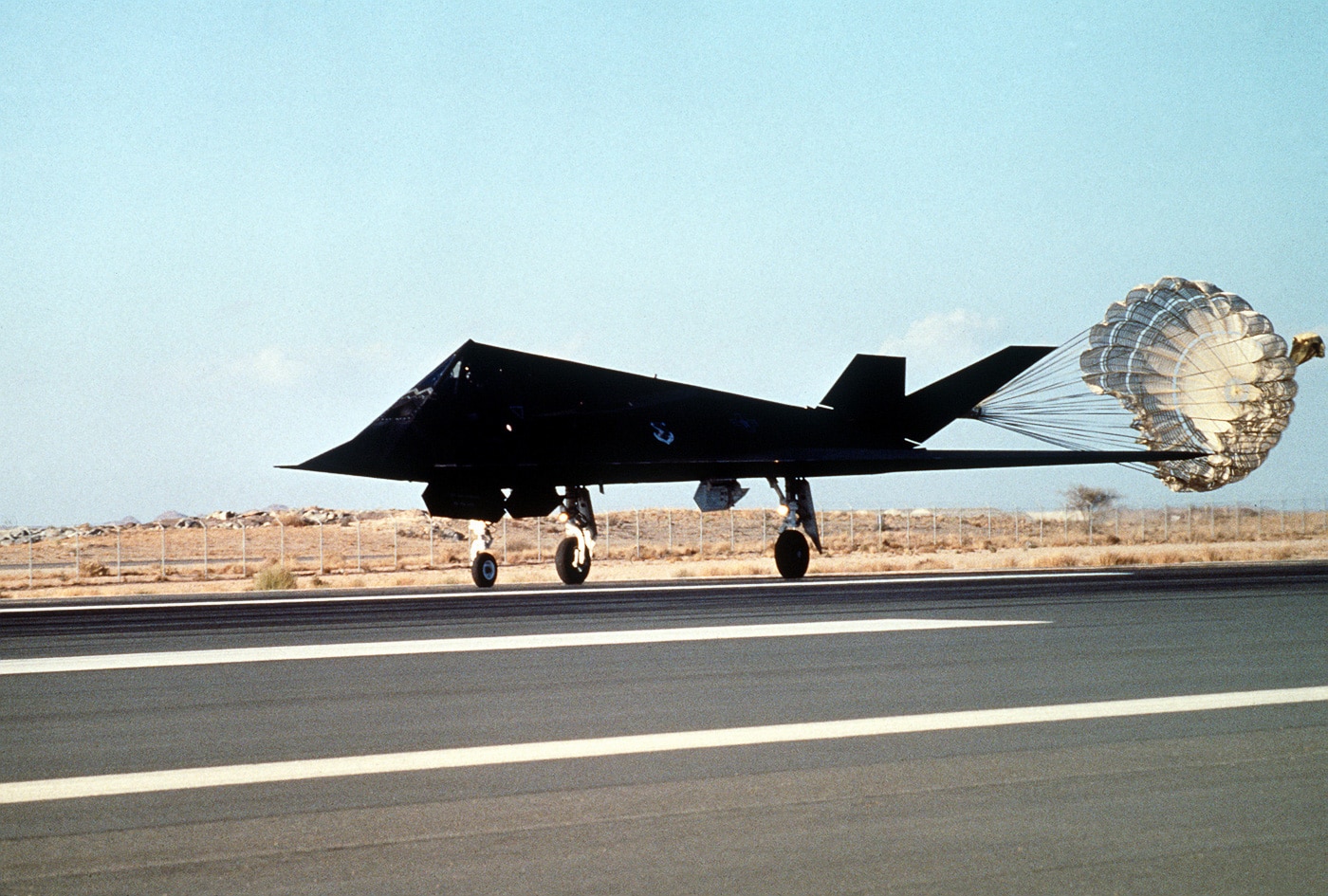
It is actually all the more impressive that the quadruple-redundant FBW flight controls — among other systems — were derived from several existing aircraft. The parts were even described as “spares” in various budget requests to help keep the program a secret.
Even though it was developed by utilizing existing components, it is still arguably among the best of the Cold War designs.
“Yes, it was/is a very good airplane, leveraged advanced materials, radar cross-section-absorption, radar dissipating angles developed before widespread and advanced computer modeling and simulation, the fact it remained secret for so long. Did great in combat, especially the opening night of the first Gulf War,” said Curran.
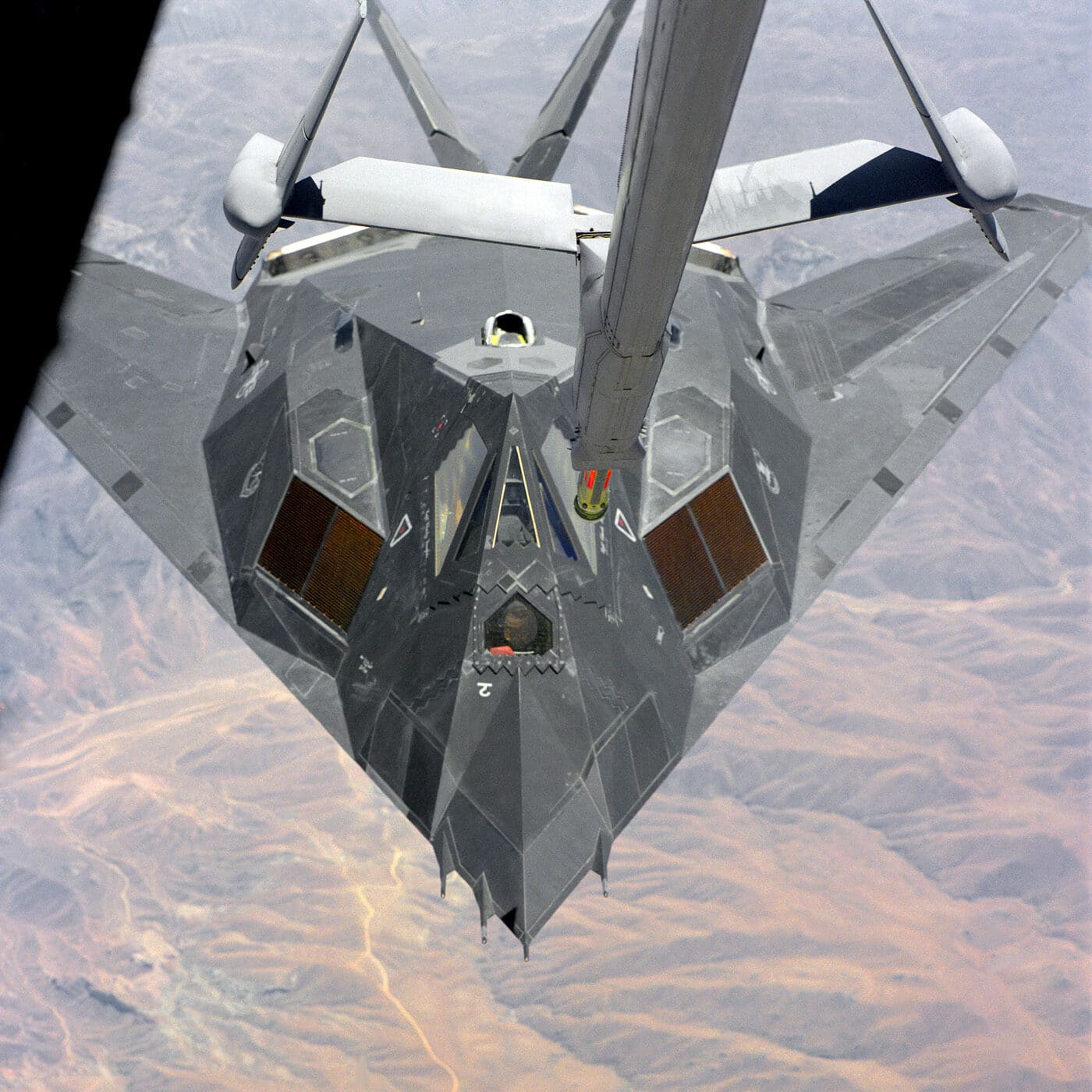
Its stealth may have been developed back when Gerald Ford and then Jimmy Carter occupied the White House, but it was clearly ahead of its time. It was far from a traditional-looking aircraft even by today’s standards.
“Even today, some radar still can’t see it,” said Bell. “If you look at the physical design, it was really an ingenious innovation, and proved to be the first practical stealth aircraft.”
More Than Stealth
It would also be all too easy to dismiss the Nighthawk’s capabilities to mere stealth — even if as shown by Something Wicked, it could still be seen by those on the ground.
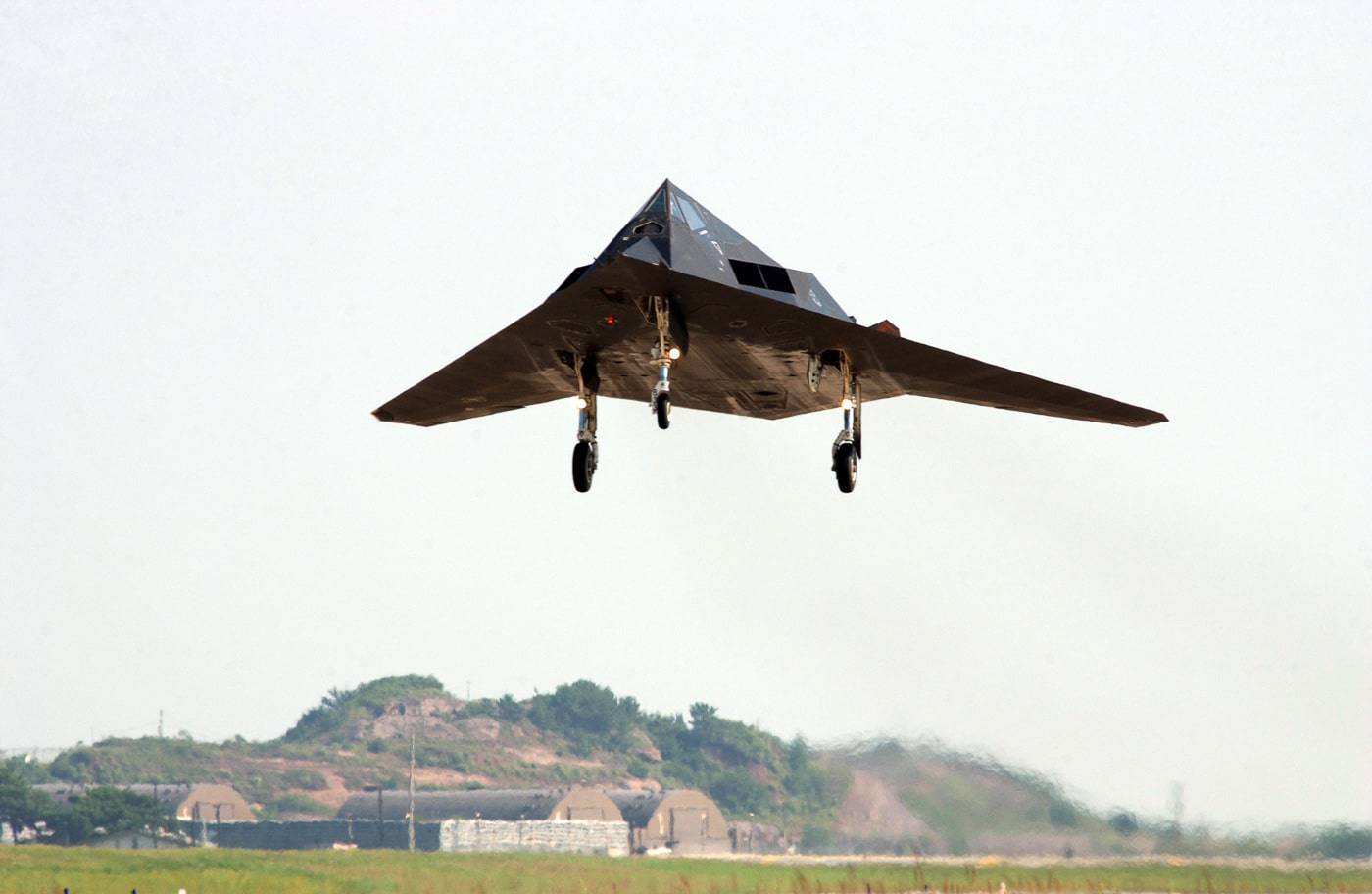
“Because of its shape and design, the F-117 also proved very difficult to see on Infrared,” Bell noted.
The Nighthawk was also among the first attack aircraft to utilize smart bomb technology, which took accuracy to another level entirely. Much like a sniper with “one shot, one kill,” the F-117 proved to do the same with much larger ordnance.
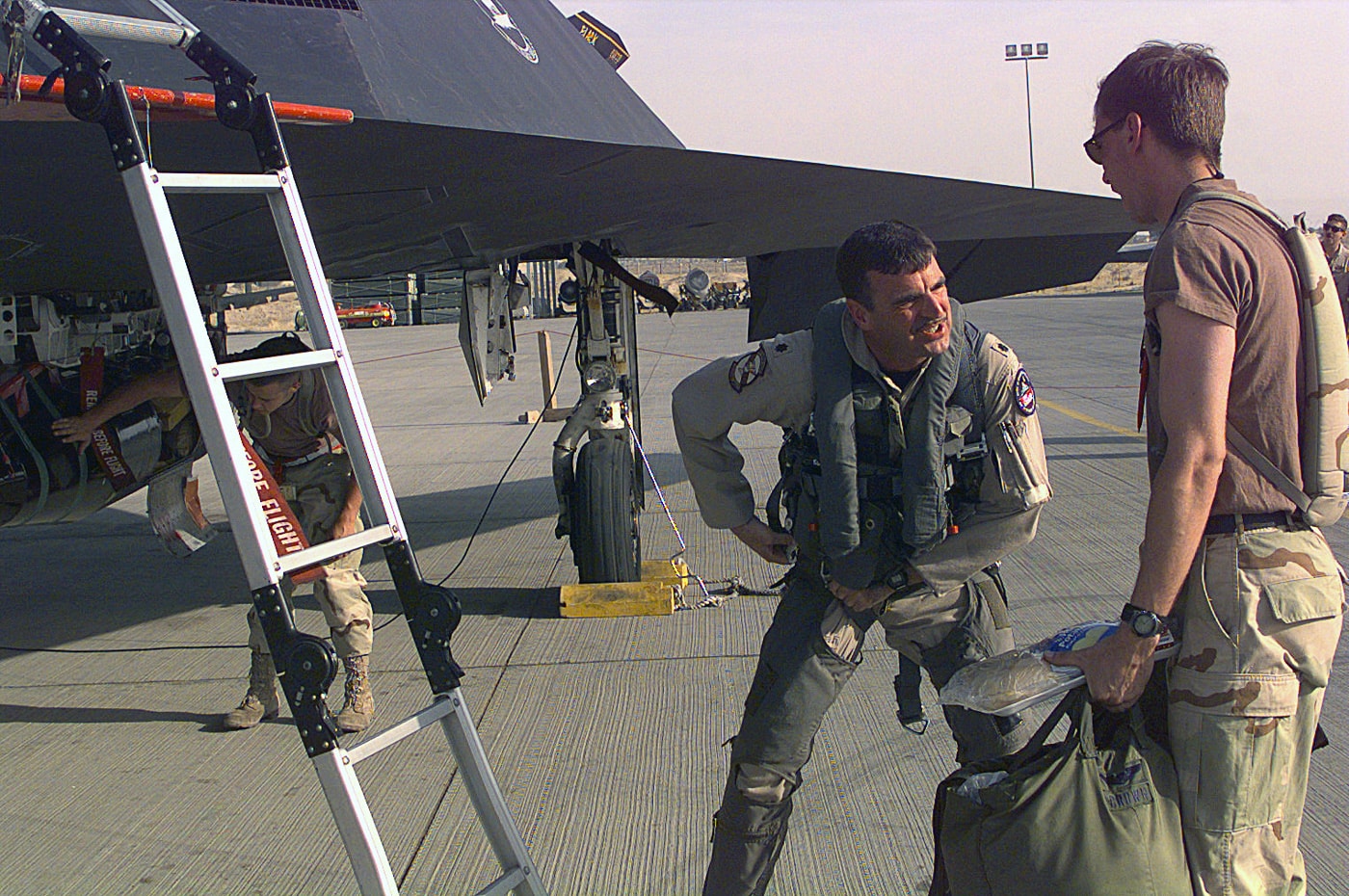
“You could almost put a bomb through a window. That meant you didn’t need to have an entire section of bombers,” Bell continued.
“The Internal bomb bay that could carry laser-guided ordnance, especially the ground penetrators,” Curran added. “Advanced in-flight navigation and targeting mapping, advanced EW (electronic warfare) suites to discover and avoid adversary anti-aircraft missiles, more time to discern and hit targets.”
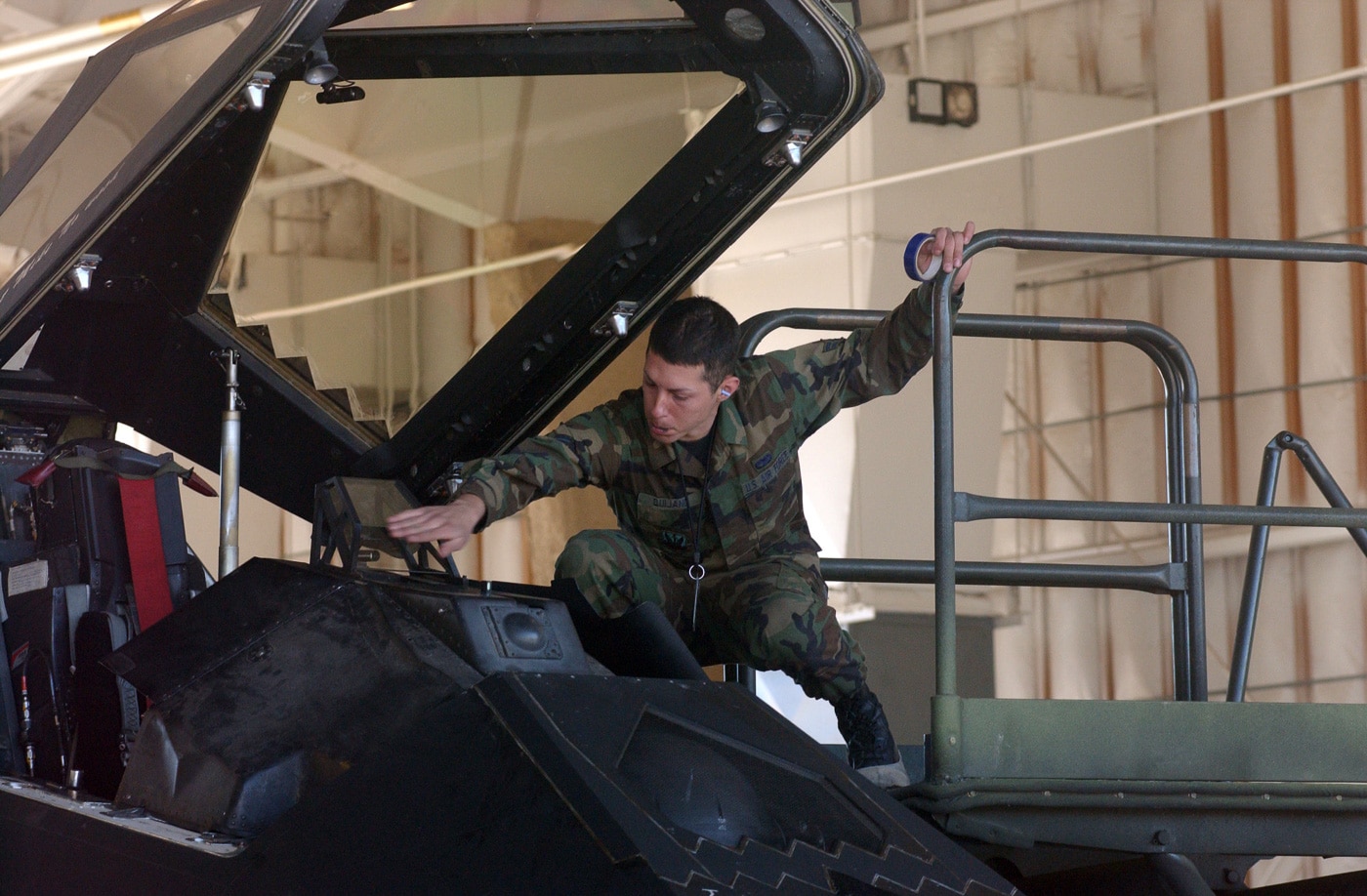
All of that was in full display during the 1991 Gulf War.
“If it had been used in a war with the Soviet Union, it would have been deployed to decapitate its forces by going after command and control,” said Bell. “That is certainly what happened in Iraq, as the F-117 went after their command targets. It decapitated Iraq almost immediately. That was as close to how it would have been used against the Soviet Union.”
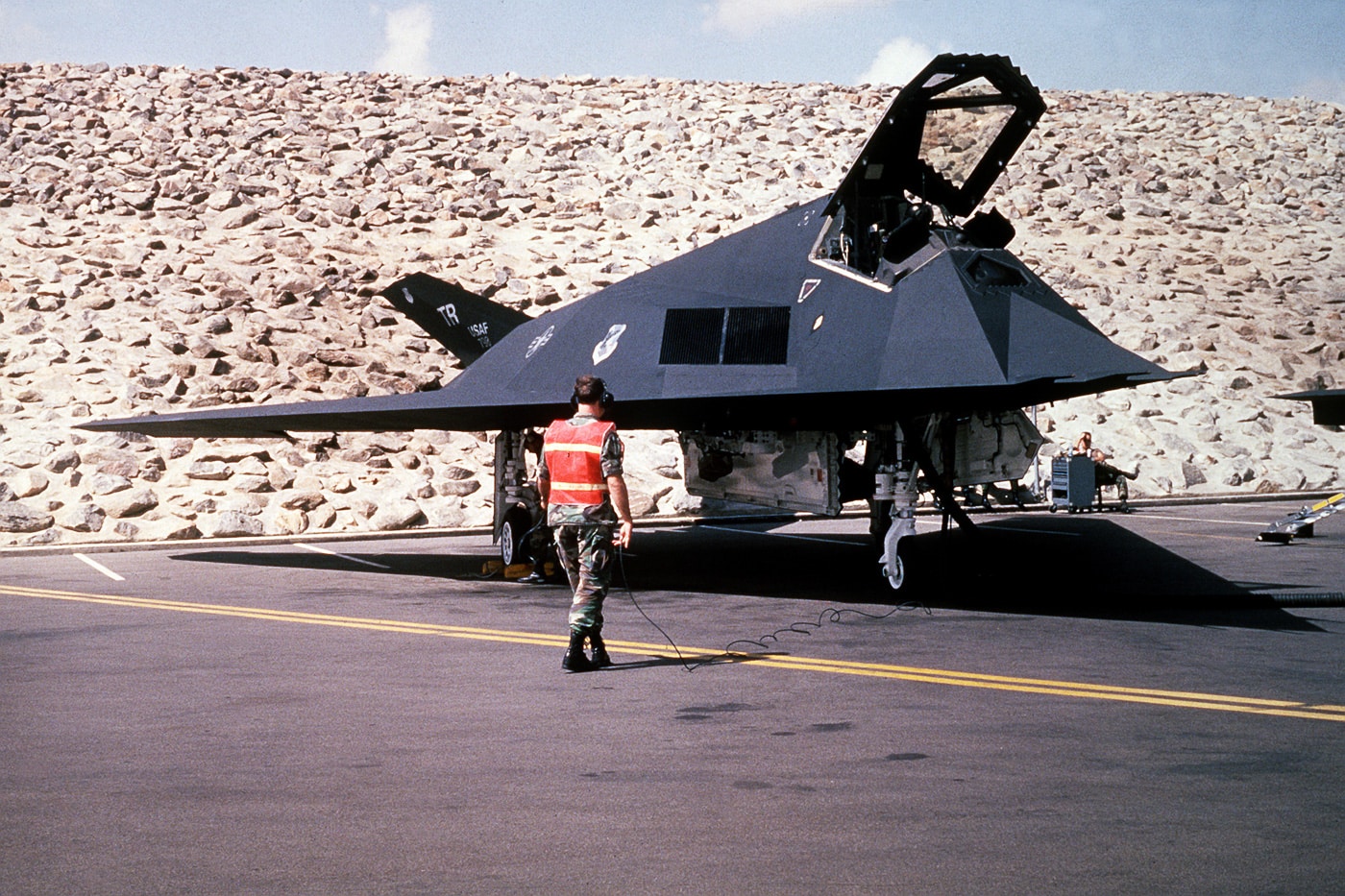
Even after the one aircraft was shot down over Serbia, the F-117 was employed again in Operation Enduring Freedom in 2001 in Afghanistan, and then in 2003’s Operation Iraqi Freedom. The loss of Something Wicked in Serbia had caused the Air Force to improve the tactics employed with the F-117, while its pilots took part in additional training with other units.
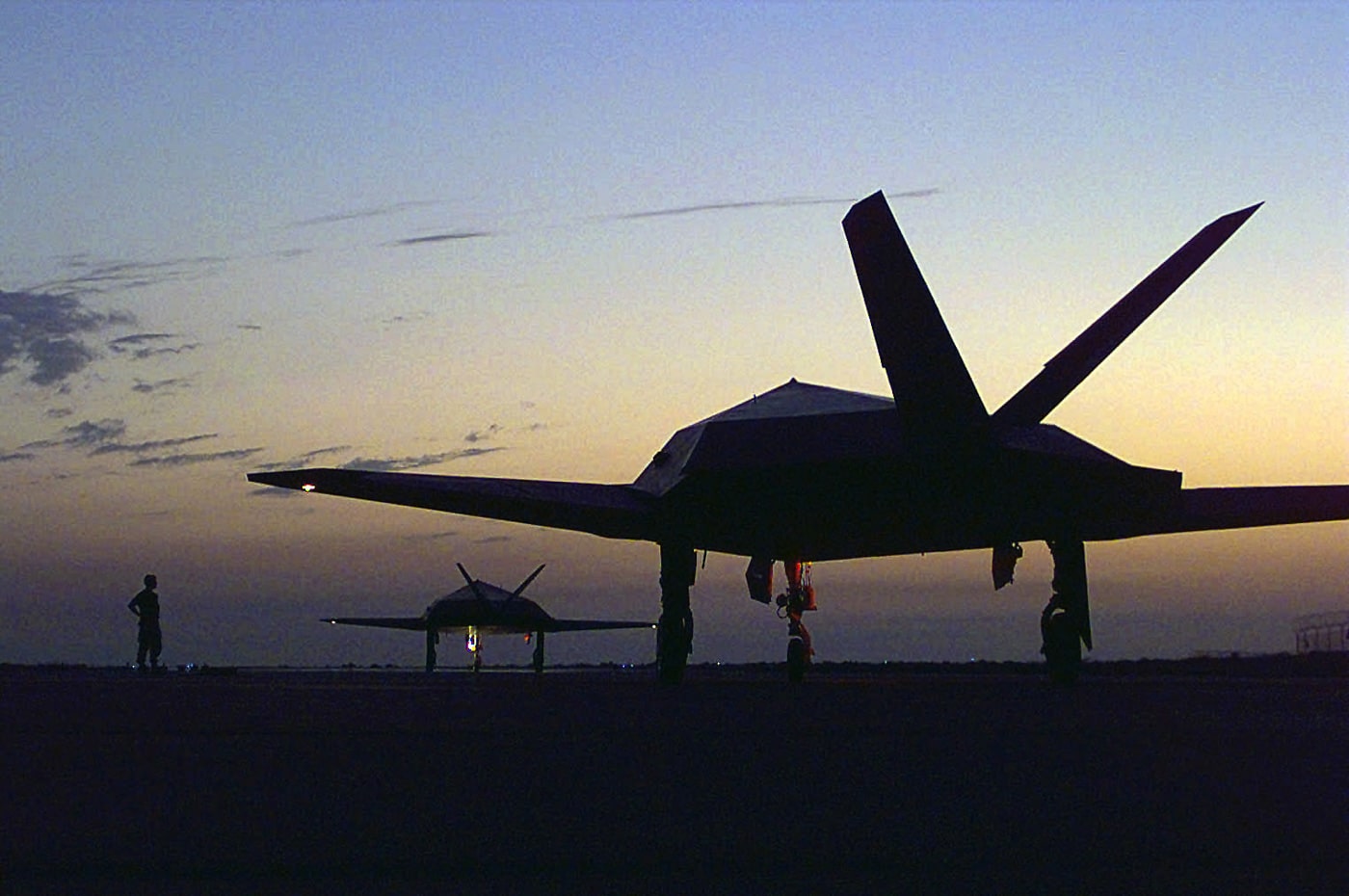
The F-117 has largely been retired from service, but Congress ordered that all F-117s mothballed after September 2006 be maintained so that they could be returned to service. Even those aircraft are now being fully demilitarized while several have been sent to museums. Yet, a few of the cutting-edge aircraft have still been retained for training purposes, making the rare appearance in the skies every now and then.
As a footnote to the story of Something Wicked, the aircraft’s pilot, Lt. Colonel Darrell Patrick “Dale” Zelko survived and eventually met with Zoltan Dani, commander of the anti-aircraft battery that shot down his plane. The former Serbian commander opened a bakery and through his son contacted the retired Air Force pilot. The two eventually met up and didn’t just “break bread,” but reportedly baked some together at Dani’s bakery.
Editor’s Note: Please be sure to check out The Armory Life Forum, where you can comment about our daily articles, as well as just talk guns and gear. Click the “Go To Forum Thread” link below to jump in and discuss this article and much more!
Join the Discussion
Continue Reading
Did you enjoy this article?

 316
316






